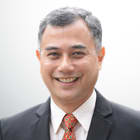commentary Commentary
Commentary: Airlines have little choice but to not be airlines for a few years
AirAsia and Singapore Airlines are already blazing a trail on how to do just that while flying remains in cold storage for most travellers, says Institute of Policy Studies’ Faizal Yahya.
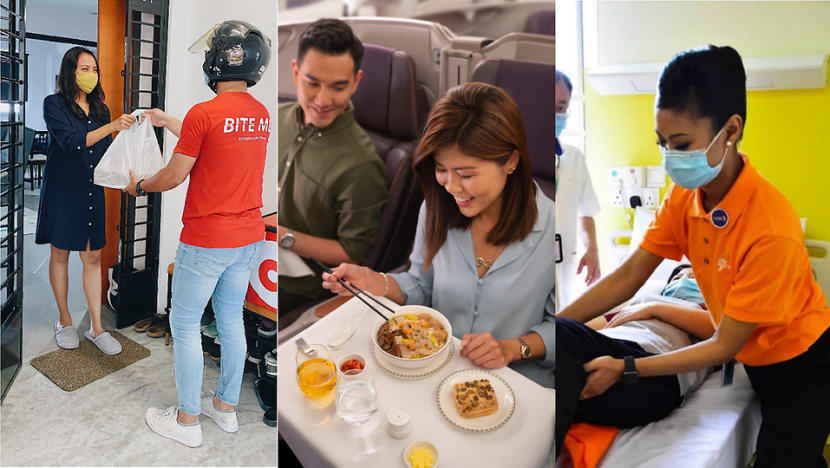
(Photos, from left to right: Facebook/airasia, Singapore Airlines, Ren Ci Hospital)
SINGAPORE: We will fly again. It just might happen much later for most of us, in 2024 and beyond.
Despite the roll out of vaccines and the opening of economies, the patchy global coverage in vaccinations and the spike in infection rates of COVID-19 in various countries indicate it will be some time before air passenger travel returns to 2019 levels.
The International Air Transport Association (IATA) forecasted that in an optimistic scenario the air travel market would reach 38 per cent of 2019 levels in 2021 and airlines would spend US$75 billion over the year to maintain operations.
In a pessimistic scenario, the air travel market would only amount to 33 per cent of 2019 levels and airlines would spend US$95 billion.
READ: Commentary: Singapore-Australia air travel bubble is sensible but politically challenging
To complicate matters, the recovery will vary across regions.
An Aviation Forecast Report by the global consulting service company ICF found that 60 per cent of their respondents polled in Asia thought the region will see full recovery in less than 12 months.
However, those polled in Europe and North America believed recovery could take up to two years or more.
ENSURING SURVIVAL
Various airlines across the world would essentially need to do three things to maintain their survival and beyond.
First, ensure diversified revenue streams. Second, to maintain core skills and competencies. Third, transform their business models for a post COVID-19 market.
READ: Commentary: Requiring proof of vaccination for travel raises bigger questions
The difficulty is that as airlines take a shorter-term view on improving cost savings, they will need to balance that with the longer-term imperative to recalibrate their business models for a different market environment and future customer demands. Airlines must do more than sell seats.
Microsoft founder Bill Gates thinks as much as 50 per cent of business travel will be lost after the pandemic while Jeffrey Goh, chief executive of Star Alliance – the world’s largest airline group – thinks this segment will shrink by about 30 per cent with key structural changes in store.
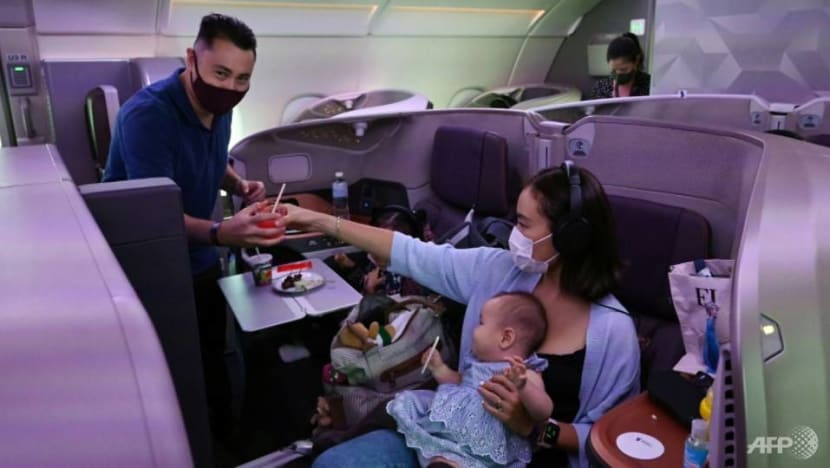
Airlines could avert this slump by offering discounts, promotions and other perks, such as concierge services, to retain as much of the business travel segment as possible.
Many may have to cut back on business-class seats and retrofit with a larger economy-class section to maximise revenue from the recreational travel segment.
READ: Commentary: The aviation sector should bounce back sooner than expected
Some airlines may find even doing so insufficient as the bulk of their revenue come from business class tickets, as well as first-class, not economy. According to PwC, business travel can generate as much as 75 per cent of the revenue for some airlines, especially on international flights.
Such airlines may find it necessary to venture into new business streams in order to stay afloat for the next three years.
AIRASIA KNOWS IT CAN’T BE AN AIRLINE FOR A WHILE
AirAsia has been a sterling example. Under Tony Fernandes’ leadership, the group has been innovative and moved aggressively into alternate revenue streams including food delivery, grocery delivery and fintech.
With its underutilised fleet of planes, converting some into air freight carriers would enable AirAsia to service fresh, surging consumer demands in logistics.
No wonder, AirAsia’s logistics company called Teleport has rolled out a digital network to modernise its air cargo operations using Freightchain, a blockchain technology.
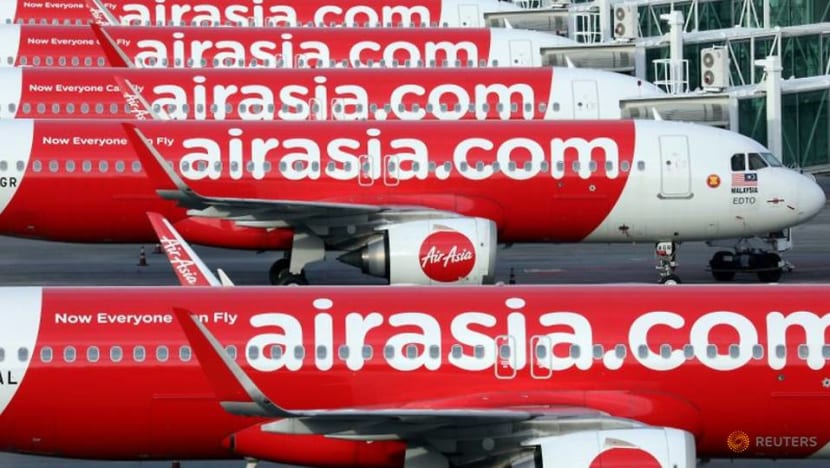
It’s also muscling into the no-frills food delivery space with AirAsia Food starting in Kuala Lumpur in May 2020 and expanding to other Malaysian cities, Singapore and more ASEAN cities by end-2021.
It has traded off certainty over where your driver is for reliability and lower costs.
AirAsia Food in Singapore has approximately 500 riders from logistics company Teleport launched earlier in Singapore. There are 24 food and beverage outlets on the AirAsia Food platform with more than 300 operators in the process of coming on board.
With economies of scale, AirAsia also intends to move into fresh produce delivery with fresh fish from Japan or short ribs from Korea, imported and delivered to customers’ homes within 48 hours.
READ: Commentary: What is the logic of AirAsia entering Singapore’s food delivery market?
Looking ahead, Air Asia has plans for air taxi and drone delivery services, which could enable it to strengthen its brand as a company that gets you things and where you need to be, while allowing it to move into e-commerce, e-payments, and the financial fintech market.
SCOOT MOVES STAFF ELSEWHERE TO KEEP THEM CURRENT
Another model is Scoot, from the Singapore Airlines (SIA) group, which pivoted swiftly to move its staff into secondary employment opportunities, by partnering with unions and the Singapore Government, thereby allowing it to offload human capital costs on its balance sheets.
By mid-2020, Scoot had approximately 400 cabin crew and pilots engaged in temporary supporting roles for Singapore’s COVID-19 response in hospitals and elsewhere.
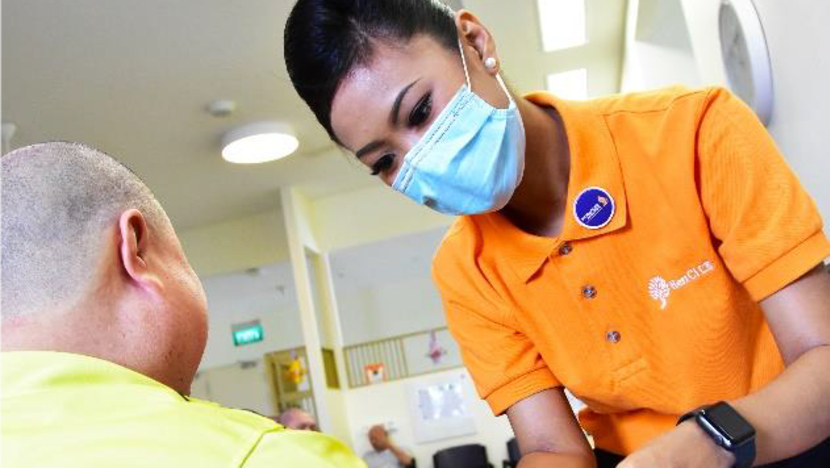
Several SIA crew were similarly also deployed and retrained, including as healthcare ambassadors.
Scoot was also one of the first airlines to start operating cargo charters as an alternative revenue stream by activating its fleet and even carrying cargo in aircraft cabins to optimise load capacity.
This redeployment of underemployed airline crew to other service sectors like healthcare ticked several requirements at once. First, the redeployment ensured these crew maintained high standards of skills like communication, customer service and personal grooming.
Second, since the skills sets required in these new roles did not vary greatly from the core and strategic capabilities expected of the crew in the aviation sector, they can easily be redeployed into their old roles once global travel picks up.
READ: Commentary: SIA's resumption of daily non-stop flights to key US cities - how necessary are they?
READ: Commentary: Can Singapore be a major COVID-19 vaccine transshipment hub and save its aviation industry?
Third, cabin crew, such as those from SIA who are well-known for their exemplary service attitude and disposition, have created positive spillover effects in the organisations and roles they were redeployed to by raising the level and quality of customer service there and creating a positive image of SIA.
DP Dental, a dental practice, which had taken on board five SIA cabin crew members, reported an improvement in the quality of customer service.
This is not surprising as SIA has long had a splendid reputation as a leading service provider with crew demonstrating strong operational excellence and service values.
SIA has now established a new arm to offer training programmes in areas like customer service and crisis management to interested companies through a new training unit under its Singapore Airlines Academy.
THESE AIRLINES KNOW AIR TRAVEL WILL STAY LOW FOR A WHILE
Such efforts may appear as short-term stop-gap measures to create new revenue streams and to ensure that their staff remain relevant in their core skills and work experiences.
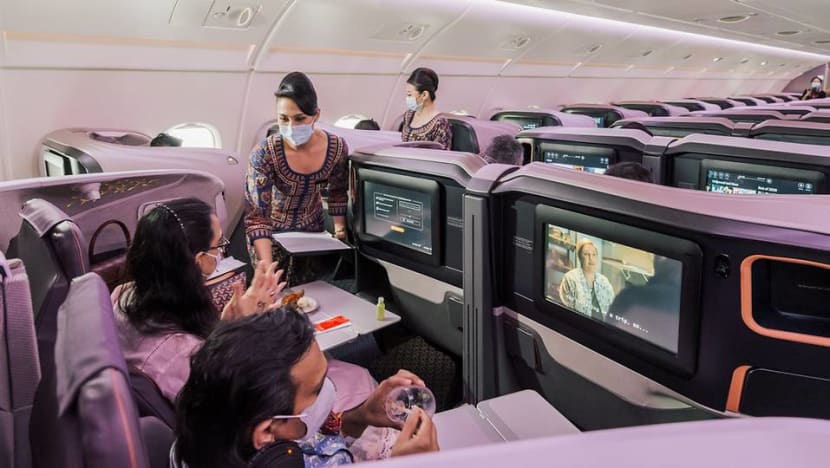
But there is every reason to believe that air travel will never be the same again as what it was before COVID-19.
In such a scenario, airlines will have to either fold, consolidate or pivot quickly to new segments and businesses temporarily.
READ: Commentary: This is why Singapore needs to save its airlines and aviation sector
In other words, in order to survive as an airline still in business come 2024, airlines can’t be airlines for a little while.
Dr Faizal Yahya is a Senior Research Fellow at the Institute of Policy Studies, Lee Kuan Yew School of Public Policy, National University of Singapore.








